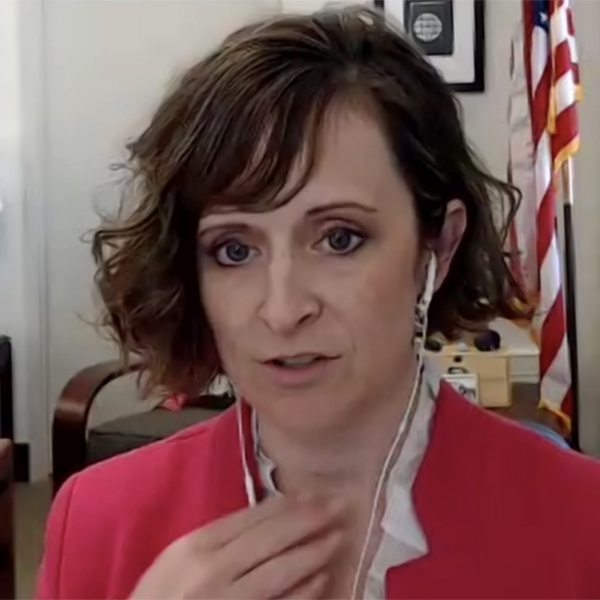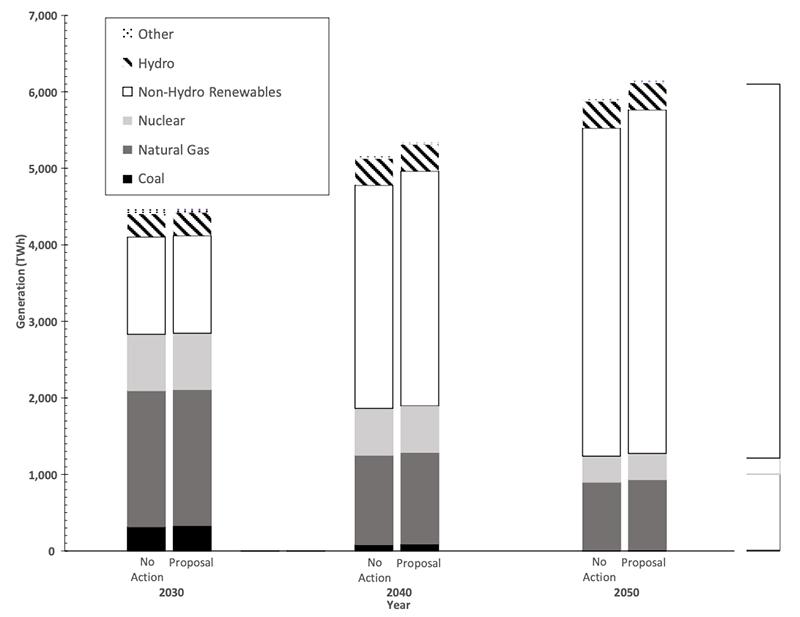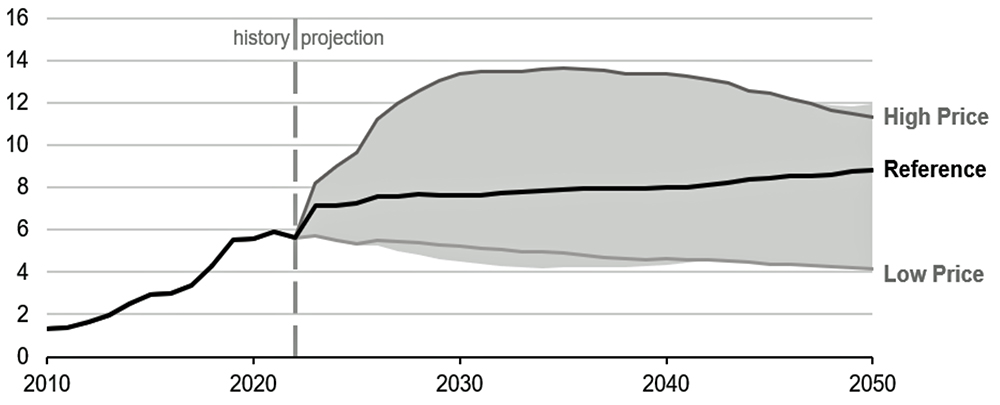ERCOT said Wednesday that it will pay Austin Energy a $2.86 million to settle an alternative dispute resolution (ADR) stemming from the February 2021 winter storm.
The settlement covers 15 pricing intervals over Feb. 14-15, when ERCOT issued high-dispatch limit override (HDLO) instructions for Austin Energy’s Fayette Power Plant, reducing its power output during the storm’s first two days. At the time, the grid operator was desperately cutting load to help keep the system afloat after more than 50 GW of generation was knocked offline by the frigid weather from Winter Storm Uri.
The utility said in its ADR claim that Fayette’s power reduction kept it from fully serving Austin Energy’s native load and it incurred financial losses by purchasing power in the real-time market to cover contractual obligations.
Under ERCOT protocols, Austin Energy and other qualified scheduling entities (QSEs) are eligible for real-time HDLO payments if a resource’s power output is reduced by a manual dispatch override and it can show a “demonstrable” financial loss.
To be eligible, QSEs must have complied with the grid operator’s dispatch instructions to reduce power, received an economic dispatch base point equal to the resource’s HDLO during the 15-minute interval, and filed a timely dispute.
ERCOT found Austin Energy met its obligations. However, it denied compensation for eight other intervals on Feb. 14, saying the utility’s total generation and trade energy purchases were higher than its total load obligations during that period.
Austin Energy is an ERCOT non-opt-in entity (meaning it has not opted into the competitive retail market) that meets its load obligations through its own generation fleet, day-ahead market purchases and bilateral trades. The utility uses 600 MW of Fayette, which it jointly owns with the Lower Colorado River Authority.
ERCOT declined comment beyond its market notice.
The grid operator last year denied a settlement and billing dispute by Engie Energy Marketing after the company failed to meet a responsive reserve service obligation during the height of the winter storm. ERCOT said Engie was unable to demonstrate that ERCOT staff violated any obligations under the protocols.
Engie was seeking $48.7 million in damages.
Calpine: Time to Build Plants
Calpine said Tuesday that it is relaunching its Texas development program following the Public Utility Commission’s embrace of market-based incentives under its performance credit mechanism (PCM) design.
“We are encouraged that the PUC has laid the foundation to ensure Texas maintains a reliable power supply through market-based mechanisms, and we are excited to move forward with projects that will deliver on that mission,” Caleb Stephenson, Calpine’s executive vice president of commercial operations, said in a statement. “Our hope is that the legislature will respect the regulatory certainty offered by the PUC and avoid discriminatory programs or direct government procurement that would undermine competition in Texas.”
Stephenson said the PUC has “sent a clear signal that Texas is ready to support ambitious investments in a more reliable grid based on the principles of competition, not government mandates.”
Texas lawmakers have responded to the PCM proposal by coalescing around a bill that would build 10 GW of gas generation to sit on the sidelines, for use only to prevent load shed. That plan was originally estimated to cost $10 billion, but recently uncovered documents indicate it may cost as much as $18 billion. (See Texas Legislature Moves Bills Remaking the ERCOT Market.)
Calpine said it plans to complete a new 425-MW gas-fired plant before the summer of 2026 at its existing Freestone Energy Center north of its headquarters. It also said it will develop another 425-MW gas unit near Austin and a large-scale combined cycle gas plant to support co-located industrial load.
70-MW Unit to Stay Offline
BHER Power Resources on Tuesday notified ERCOT that it will indefinitely suspend operations at one of three gas-fired units near Abilene in West Texas.
The company said the unit suffered a forced outage last summer. Unit 3 went commercial in 1988 and has a summer seasonal rating of 70 MW.




